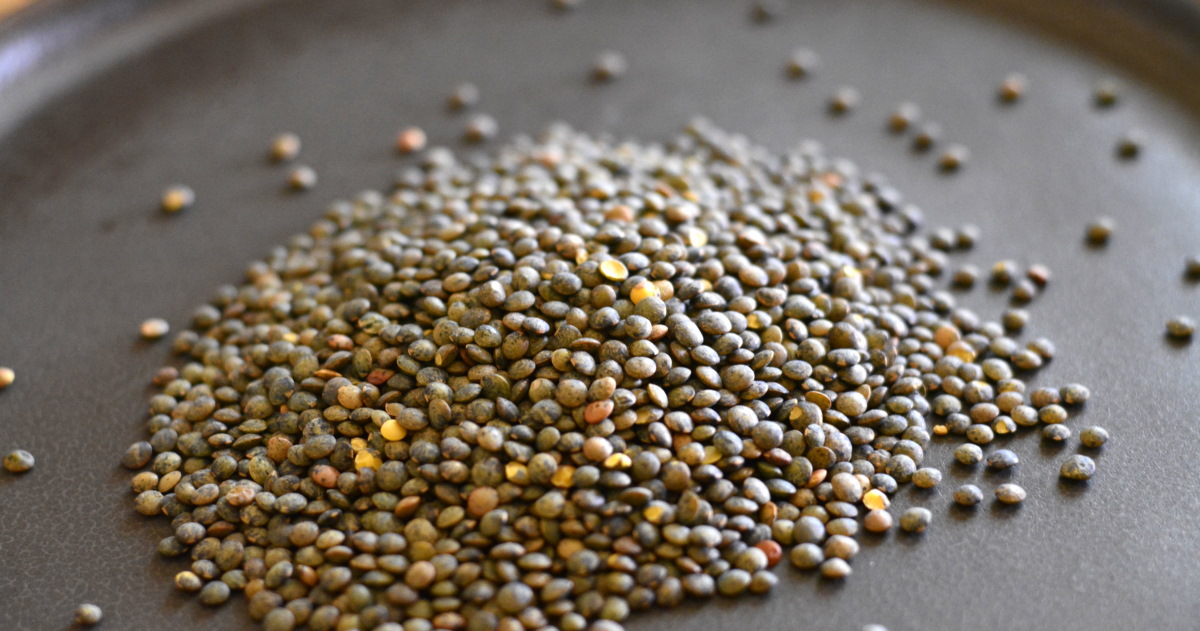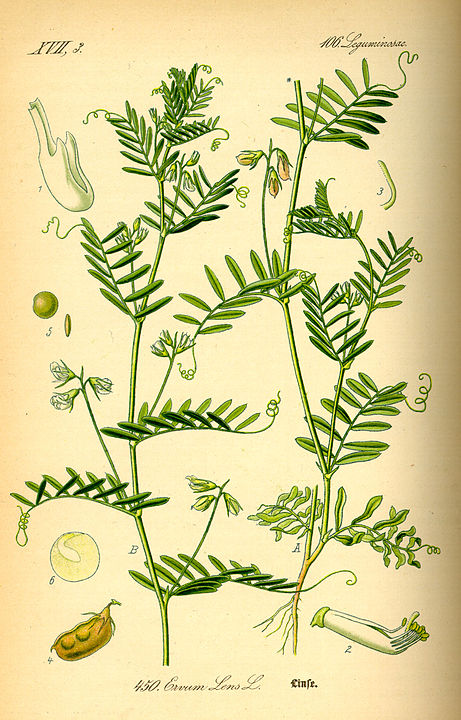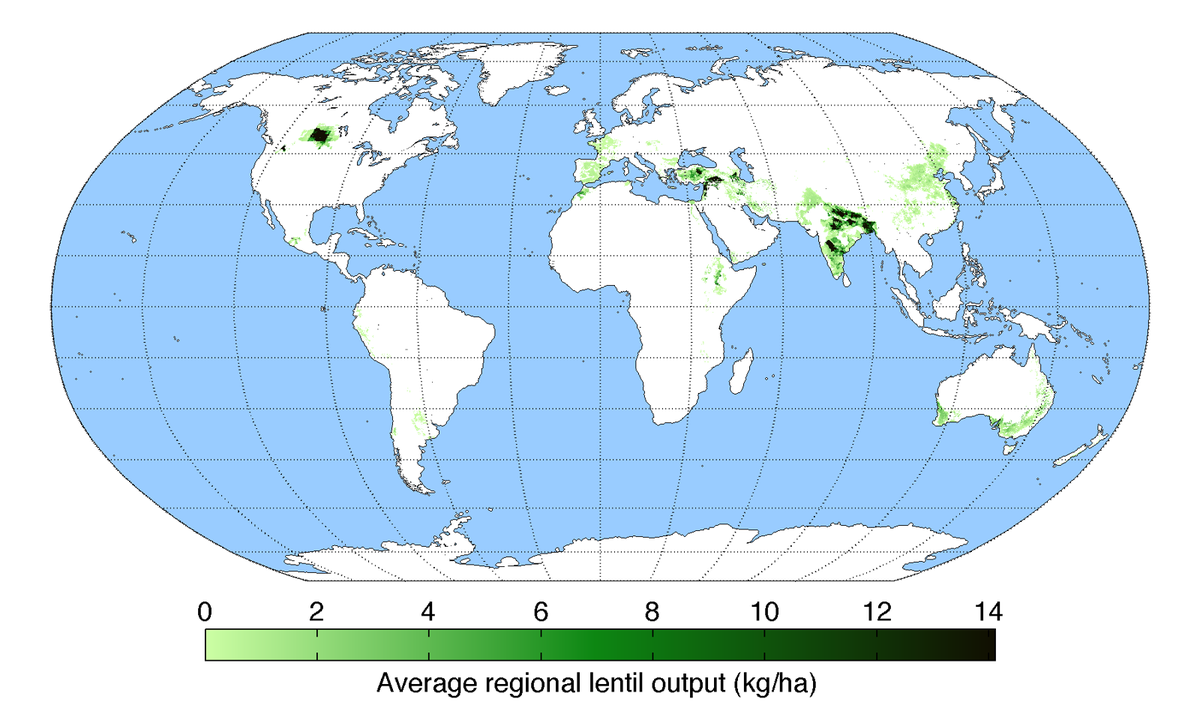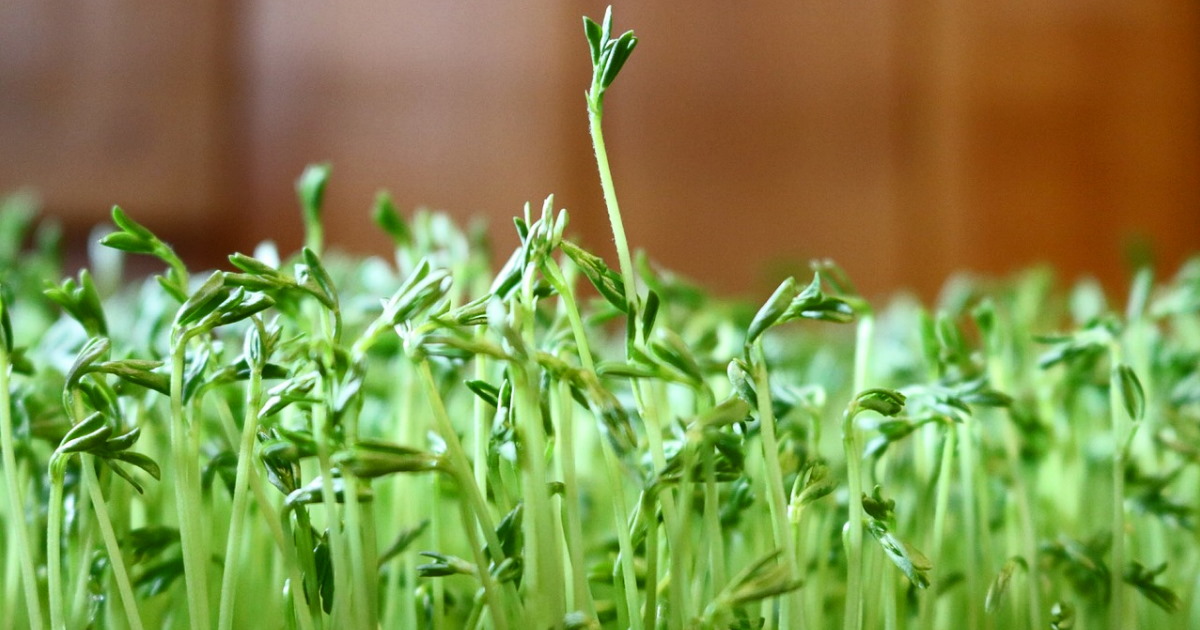
Lentil farming in the Vendée
The growing value of Lentils –
Sustainability –
The cycle of demand and supply is blowing more and more new life and new ideas into the agriculture sector. Of course, it has always done so e.g. our meat consumption demanded more farmland to be dedicated to feed for the animals and more farms being industrialized in recent decades. But the tide is turning with an ever increasing demand for high protein meat substitute.
Legumes fit the bill. Mogettes have been an essential culinary crop for centuries in the Vendée, but they are not the only legume that is grown here. While they make up for half of the overall cultivation of pulses in our department, lentils, chickpeas and other beans are also part of the equation. The growing demand for lentils factors greatly into the future of agriculture in the Vendée.
Lentils are a sustainability-friendly crop for our farmers. The Vendée climate and the fact that lentils enrich the soil with nitrogen make them ideal for cultivation and crop rotation. The plants don't need fertilizer to do well, and they are quite tolerant of drought which is interesting in the age of climate change and global warming.
The terroir - where lentils are grown and how - contributes greatly to their flavor.
Lentils are sown in the spring together with camelina. This clever technique has an array of benefits. The cameline prevents weeds from growing and can support the weight of the lentil plants, preventing them from sagging. This in turn allows machine harvest. At the end of July both are harvested with huge combines, followed by optical sorting to separate the seeds. To be cost effective, the special machines used in the lentil harvest are shared among the farmers.
The seeds derived from camelina present a valuable crop as well. They are pressed for oil used in cosmetics and herbal medication. High in antioxidants, vitamin E and Omega-3, the oil is also suitable for human consumption with products such as cooking oil. Every hectare-and-a-half of the lentil/ camelina harvest is good for around 500kg of lentils and 140 liters of camelina oil!
Vendéen legumes -including lentils- are collected by the coop CAVAC in La-Roche-sur-Yon and Mouilleron-le-Captif. They work with some hundreds of farmers, allocating well over 3000 hectares of farmland to cultivate nearly 10,000 tons. Participating farmers are guaranteed a fixed price per kilo for their harvests. Millions of Euros are being invested in the harvest, storage and distribution, including initiatives, training, and long-term production goals.
A quarter of that production and harvesting involves organic cultivation by some 80+ farmers, without the use of pesticides (glyphosates) and using natural - in the field - drying techniques. Companies like Jardin Bio have forged partnerships with CAVAC and Vendéen farmers through long-term contracts, fair income, and even development bonuses.
The market price for bio lentils can run 4.5 euros per kilogram. While a fair-trade deal, bio lentil farmers still operate at a loss of some 40% compared to what they could be earning through conventional farming. It is, as they say, the cost of progress and meeting consumer demand. The good news is they only cultivate what they sell, so, there is job security and there is no waste, all of which constitutes sustainability.

What are the different colour lentils and their cooking times?
Other than drying, lentils don't require extra processing. They are a natural product that don't require additives for long-term conservation. The terroir - where lentils are grown and how - greatly contributes to their flavor. Green, blond, coral or black lentils are grown in different areas of France or the world. They do not have the same flavor, nor the same cooking method nor even the same nutritional value. So, how do lentils translate from farmland to kitchen table?
Basic method of preparation
To cook lentils, it is not necessary to soak them ahead of time, but it is important that they are fully cooked. Rinse any type of lentils in cold water and place them in a saucepan at 1 part lentils to 3 parts cold water. The lentils will double or triple in size. Cover, bring to a boil, and simmer for the indicated (below) amount of time. They are ready when soft and tender. It is not necessary to add salt. To add a little flavor while cooking, add a chicken or vegetable bouillon cube. They can be seasoned after cooking and draining.
- Green lentils are rich in minerals and antioxidants, and taste slightly nutty. They hold their shape in cooking and are great in stews and salads, with bulgur wheat (cracked wheat) or just by themselves served alongside rice or couscous. Cooking time: 25 - 45 minutes, depending.
- Brown lentils are similar to the green ones but taste mildly earthy. They hold their shape well. Cooking time: about 20 - 30 minutes, or more for soup.
- Puy lentils: grey-green lentils cultivated in the French region of Le Puy, along with Beluga lentils considered superior. They hold their shape well, excellent accompaniment to game and fish. Cooking time: 25 - 30 minutes
- Coral (or red) lentils are rich in fiber and break down easier, requiring less cooking time than green lentils. They are great in soup, as a purée, with tofu, or as a veggie dip. Cooking time: 15 - 20 minutes.
- Yellow lentils are rich in fiber and break down just like the coral lentils. They are great in Dahl or curries. Cooking time: 40 - 45 min.
- Blond lentils are also rich in fiber, are softer in structure and more sweet tasting. They go great with quinoa . Cooking time: about 30 minutes.
- Beluga (or black) lentils, also known as the poor man's caviar. The black lentil is very tiny but rich in protein and fiber. They taste earthy and holding their shape, they're a great addition to risotto or even a replacement for rice. Simmer these lentils (covered) in 4 times their volume of cold water, for 25 to 30 minutes.
The health benefits of lentils
Nutrients
Lentils may be tiny in size. nutritionally they pack a heavyweight's punch. They are rich in fiber and protein, leaving you feeling full, longer. Lentils are also rich in antioxidants. magnesium, potassium.
They have three times more iron than spinach.
Vitamins
Lentils are rich in vitamins
- K = blood clotting and bone health
- B (B1, B3, B5, B6, B8, B9 etc.) = balance of the nervous system, digestion of carbs, heart metabolism, muscles and growth, amino acid, coenzymes, cellular processes, metabolism of proteins, carbohydrates, and lipids (production of fatty acids) etc...
Diabetes and heart health
- Lentils have a low glycemic index. Low levels of readily digestible starch (5%) and high levels of slowly digested starch make lentils valuable in the diet of diabetics.
- Because lentils are high in protein, they are a great meat substitute for vegetarians and vegans.
- Lentils have the second-highest ratio of protein to food energy of any legume


Sources & Reading materials -
Images – by pixabay and wikimedia
Share this Post


